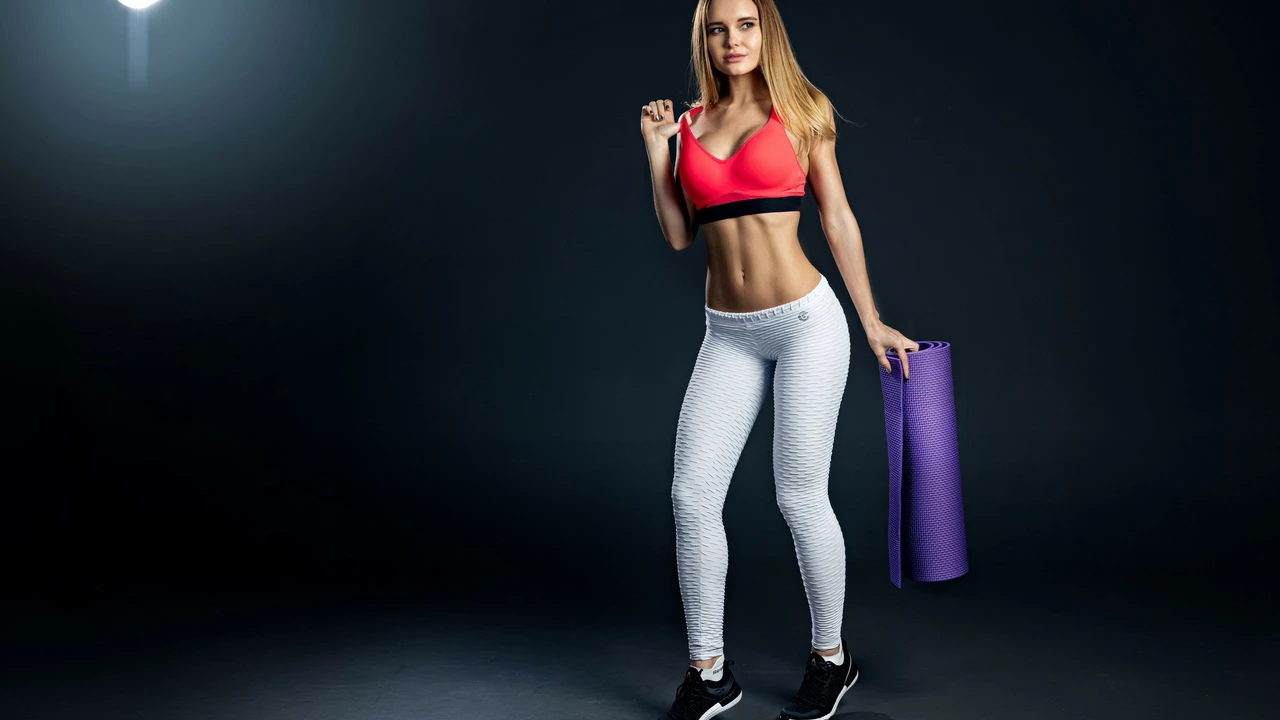Tight Fit Essentials for Soccer Players
If you’ve ever felt a pair of boots digging into your foot or a jersey that’s too loose, you know how much a tight fit can change the game. A snug fit isn’t about squeezing yourself – it’s about staying comfortable, moving fast, and keeping injuries away. Below are the most useful pointers for getting that perfect fit, whether you’re shopping for cleats, picking a contract length, or setting up a squad.
Choosing the Right Tight‑Fit Cleats
First off, cleats. The right pair should hug your foot like a glove but still let your toes wiggle a little. Start by measuring your foot at the end of the day; your feet swell after a long training session, and you want a size that accommodates that.
Look for a low‑profile upper made of lightweight material. It reduces bulk and lets the foot stay close to the ball, giving you better control. The stud pattern matters too – uniform studs give even grip on firm ground, while a mix works on softer pitches. If you’re still unsure, try the ½‑size up, then lace them a beat tighter; most players find that sweet spot.
Don’t forget the insole. A thin, supportive insole can fill gaps without adding volume, keeping the heel snug. Replace worn‑out insoles every few months – a fresh one can make an old pair feel almost new again.
When a Tight‑Fit Contract Makes Sense
Contracts feel a lot like shoes – too loose and you’re uncertain, too tight and you’re stuck. A one‑year deal may seem safe, but most clubs and players prefer 2‑3 years for stability. However, a tight‑fit contract – a short, performance‑based deal – can work if you’re young, on the rise, or coming off an injury.
Ask yourself: Do I need security or flexibility? If you have a strong agent and a clear path to a bigger club, a tight‑fit contract with performance bonuses can push your value up fast. On the flip side, longer deals give you peace of mind and let the club invest in your development.
Key clause to watch: release provisions. A tight‑fit contract should include a reasonable buy‑out that lets you move if a better opportunity pops up, without burning bridges.
Remember, a tight fit isn’t about limiting yourself; it’s about matching the agreement to where you are in your career.
Whether you’re lacing up, signing paperwork, or planning your squad, the principle stays the same – find the balance between comfort and freedom. Too loose and you waste energy, too tight and you risk injury or stagnation. Test, adjust, and move forward with confidence.

- Jul, 19 2023
- 0 Comments
- Finnegan Callaghan
Should soccer jerseys be tight?
In the world of soccer, there's been an ongoing debate about whether or not jerseys should be tight. Some argue that tighter jerseys can enhance performance by reducing drag and allowing for smoother movement, while others worry it could be restrictive or uncomfortable. There's also the issue of aesthetics, with many fans and players preferring the sleek look of a fitted jersey. However, ultimately, the decision should be made on an individual basis, taking into account the player's comfort and the requirements of the game. After all, comfort and confidence on the field are key to a great performance.
Read More